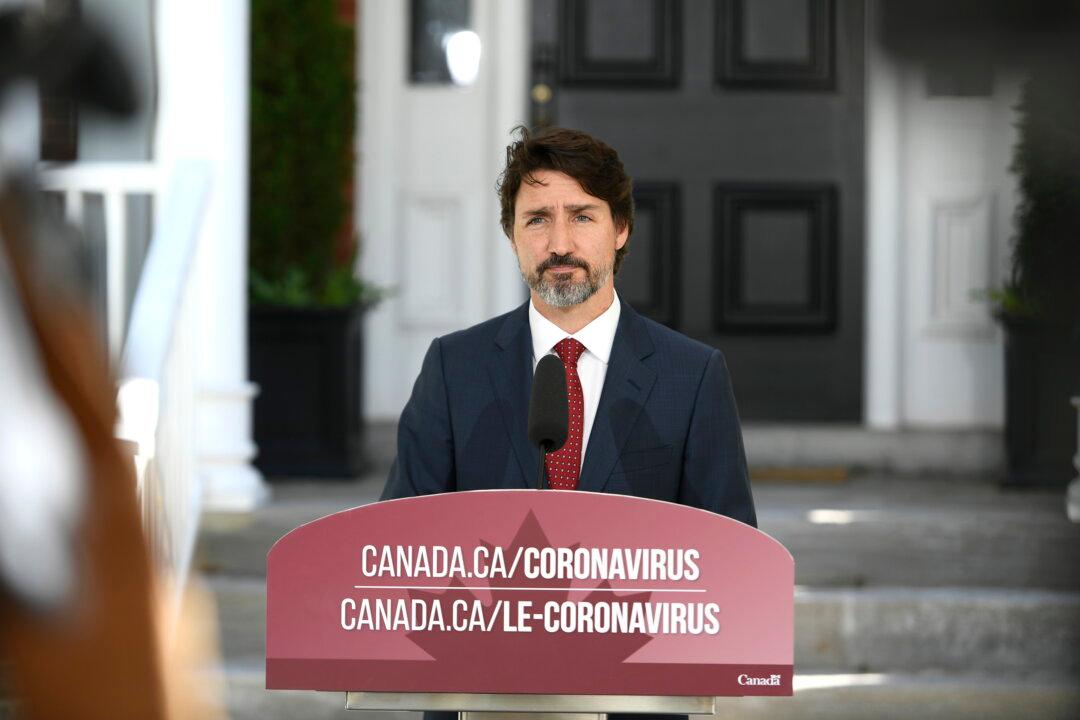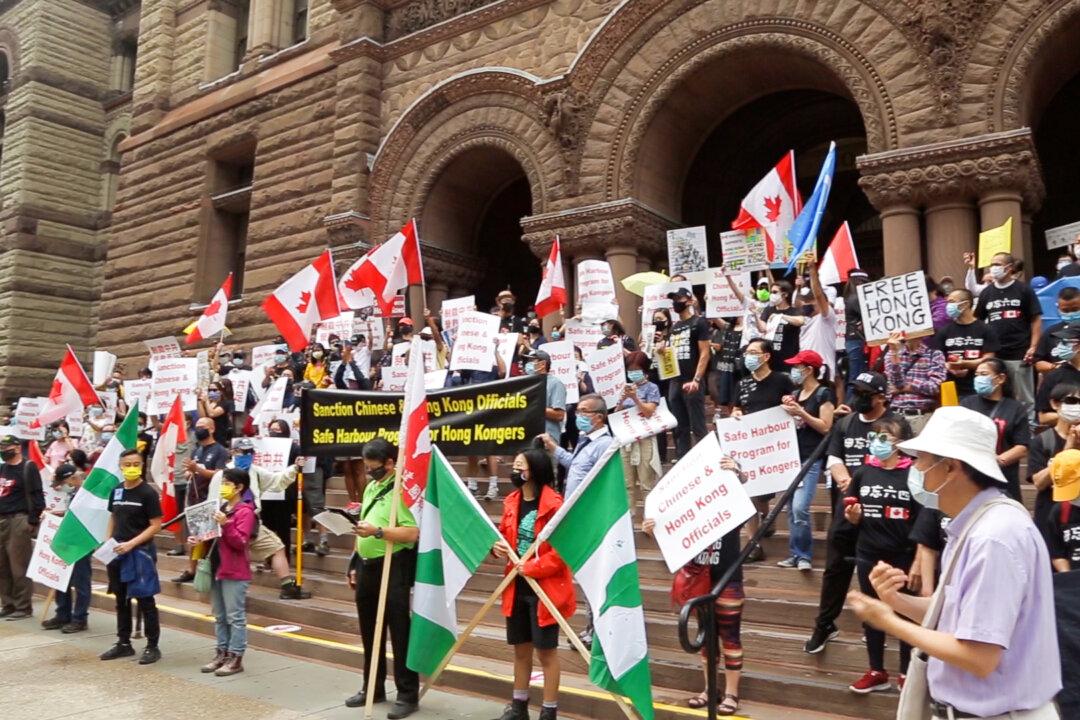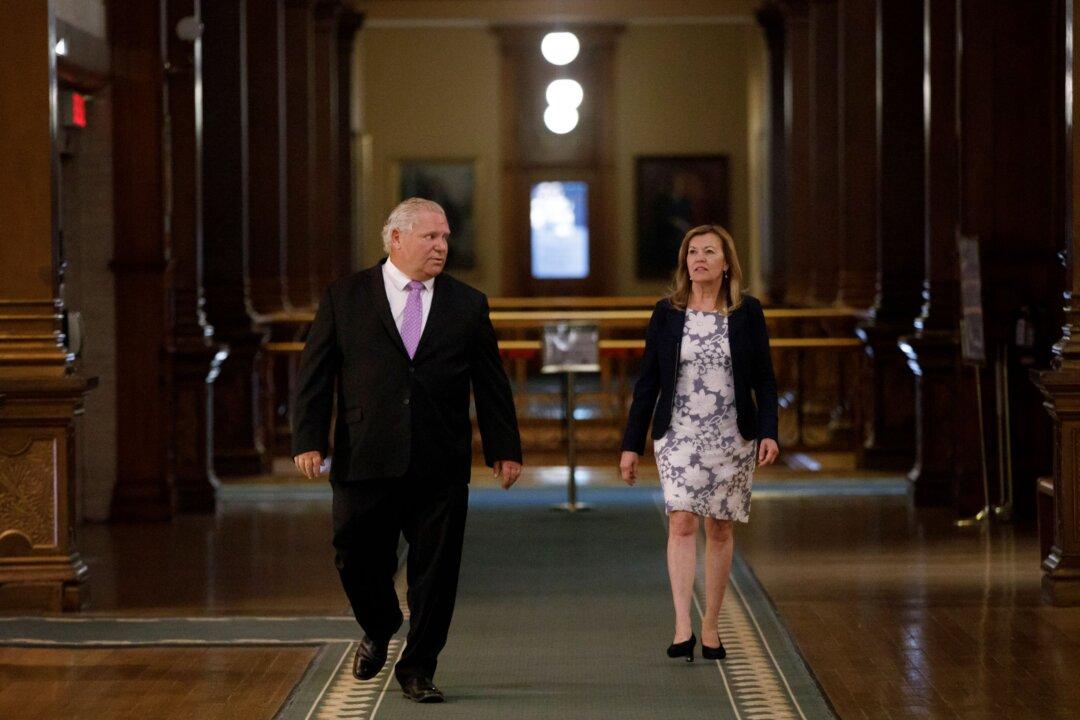Prime Minister Justin Trudeau announced today that a contact tracing app will soon be available to test for COVID-19. The app, which will be rolled out in Ontario first and eventually across the country, will notify users if they’ve been exposed to the virus.
Trudeau said he hopes Canadians will download a new app on their cellphones, as “it will be most effective when as many people as possible have it.”





